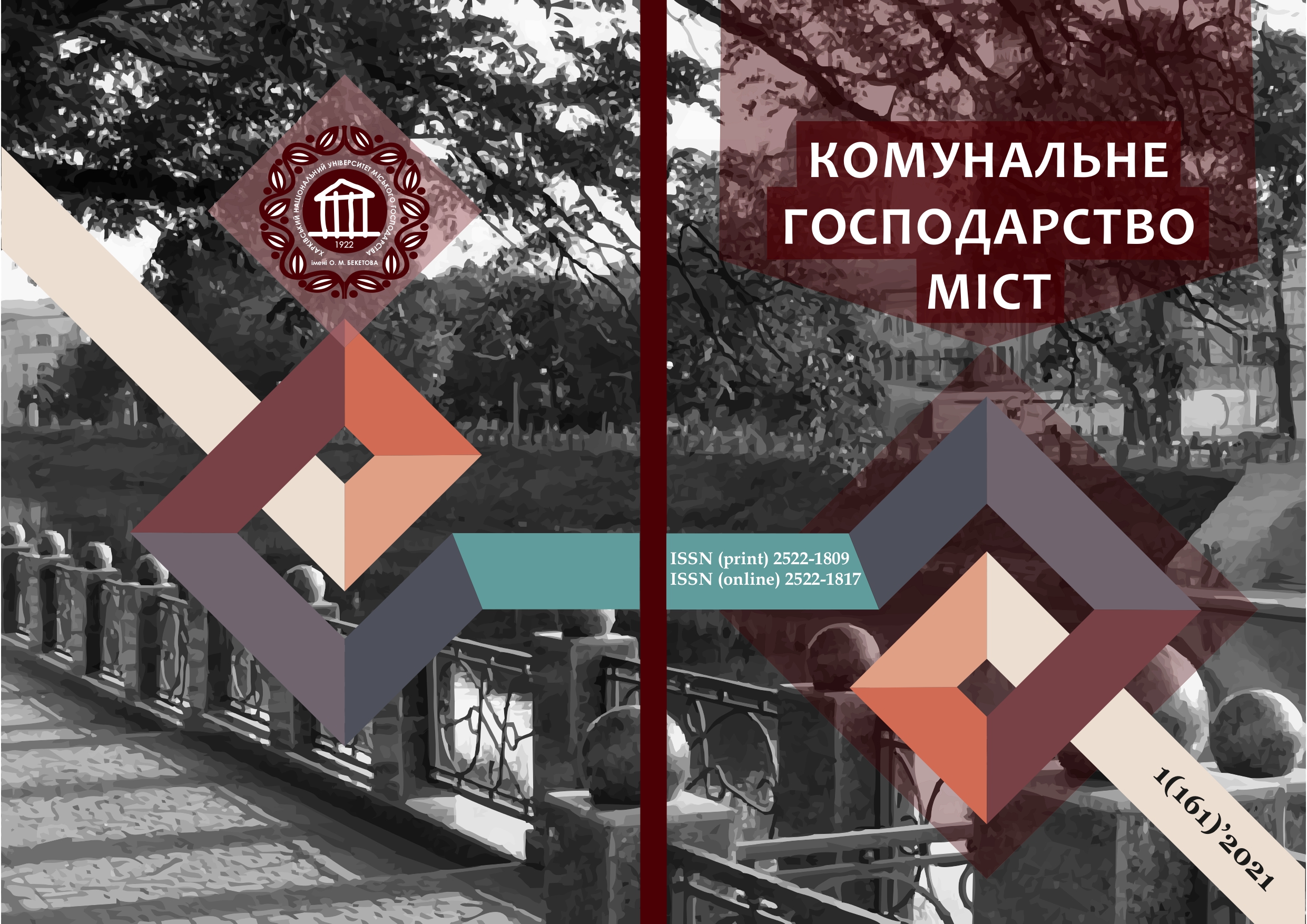LABORATORY AND PRODUCTION TESTS OF A HYDROPHOBIC ADDITIVE FROM THE GROUP «RAMSINKS-2M» FOR CONCRETE USED FOR THE MANUFACTURE OF STATION BLOCKS AND BLOCKS OF TRANSPLANTING TUNNELS WITH HIGH WATERPROOFING
Array
Keywords:
metro construction, blocks of transplanting tunnels, properties of concrete, waterproofing materials, hydrophobic additives to cement, laboratory and production tests.Abstract
In the work, conducting experimental works and experiments on the choice of optimal ratios of PTCs 1-100 and hydrophobic material «Ramsinks-2MU», studying hydrophobicity of mixtures, recipes-solutions, research of technological properties of mixtures. Experimentally proved that the brand of concrete is not permeable reached by W12, which can not be obtained by sealing concrete. The results of laboratory tests of concrete with the addition of «Ramsinks-2m» are given. To increase the waterproofing of concrete antiltration barriers, underground structures of buildings and structures, reservoirs, etc. It is proposed to achieve high waterproofing of concrete by adding to its composition of the hydrophobic additive «Ramsinks-2MU».
The use of new hydrophobic materials such as "Ramsinks-2MU" for the manufacture of concrete on the construction of the subway in Kyiv - is an exhaust direction in metrobudination. Reliable waterproofing of outflows and openings can be achieved by applying a water-retailing additive "Ramsinks-2MU" and its modifications. Technological simplificence in the introduction of the latest material is achieved by direct use of hydro-insulating works by introducing it in the appropriate ratio in traditional solutions.
A method for selecting a percentage of a hydrophobic additive with cement for different classes of concrete and for specific mining-geological conditions has been developed. This technique makes it possible for the latest technologies to determine the qualitative characteristics of the hydrophobic additive offered.
The use of this additive in the manufacture of concrete and solutions contributes to an increase in the elasticity of the mixture, prevents the uneven concentration of fillers, as well as prevents mixing of the mixture and increases resistance to aggressive factors. The high waterproofing of products with the additive is achieved with the corresponding concrete composition by fine schedules of hydrophobic particles. By reducing the negative impact of moisture on the design, their durability increases.
Laboratory test tests showed that the introduction of a hydrophobic additive "Ramsinks-2M" significantly affects the strength of the cement stone in the hydrophobic mixtures "Ramsinks-2MU".
The proposed hydrophobic materials have qualitative advantages over other similar materials, as well as cost-beneficial. They can be used when the seams of tunnel processing and stations, as well as waterproofing of monolithic concrete structures in the subway.
References
2. Demyanova, V.S., Kalashnikov, V.I., Ilyina, I.E., Kochshov, V.Ya. (2004). Rapidly hardening cement compositions of increased hydrophobicityRapidly hardening cement compositions of increased hydrophobicity // The current state and prospects for the development of building materials. Materials of 8 academic readings РААСН. 2004, Samara.
3. Nalyvayko, O.I. (2002). Method for obtaining a hydrophobic disperse material. Patent RU No. 2188215. 8 p.
4. Nalivaiko, O.I., Zotsenko, M.L., Panko, O.M., Larceva, I.I. (2010). Investigation of waterproofness of soil. Bulletin of the Dnipropetrovsk National University of Railway Transport named after Academician V.Lazaryan, vol. 32, 43–48.
5. Nalivaiko, O.I., Zotsenko, M.L., Panko, O.M. (2008). Ways to increase waterproof concrete and soil concrete. Building constructions: Interdepartmental scientific and technological collection of scientific works, vol. 71, Book 2. 3–13.
6. Nalyvayko, O.I. (2005). Method for obtaining a hydrophobic substance based on sedimentary silicine rocks. Patent for a utility model N4700.
Downloads
Published
How to Cite
Issue
Section
License
The authors who publish in this collection agree with the following terms:
• The authors reserve the right to authorship of their work and give the magazine the right to first publish this work under the terms of license CC BY-NC-ND 4.0 (with the Designation of Authorship - Non-Commercial - Without Derivatives 4.0 International), which allows others to freely distribute the published work with a mandatory reference to the authors of the original work and the first publication of the work in this magazine.
• Authors have the right to make independent extra-exclusive work agreements in the form in which they were published by this magazine (for example, posting work in an electronic repository of an institution or publishing as part of a monograph), provided that the link to the first publication of the work in this journal is maintained. .
• Journal policy allows and encourages the publication of manuscripts on the Internet (for example, in institutions' repositories or on personal websites), both before the publication of this manuscript and during its editorial work, as it contributes to the emergence of productive scientific discussion and positively affects the efficiency and dynamics of the citation of the published work (see The Effect of Open Access).

